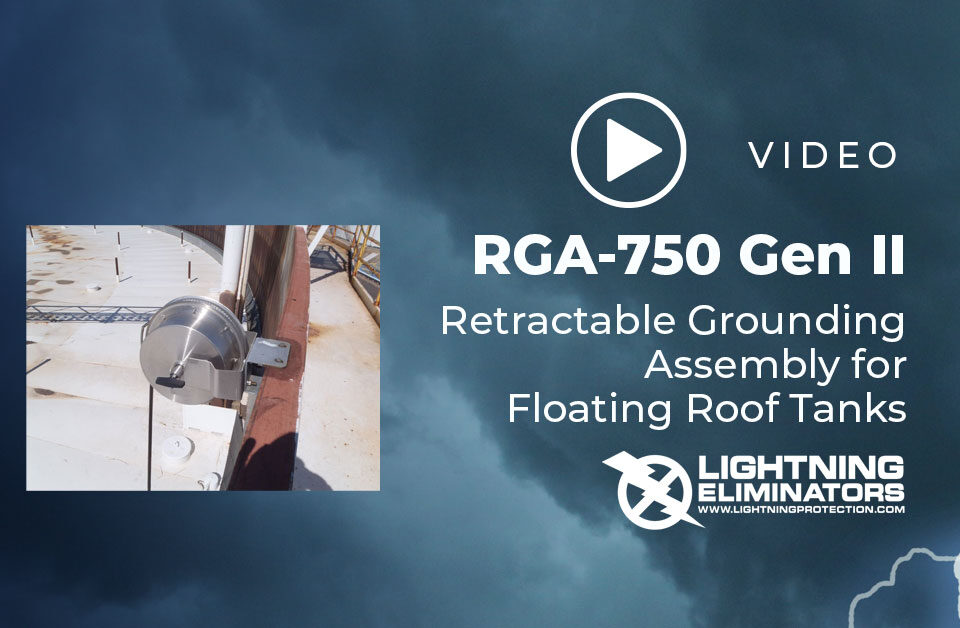- We Prevent Lightning Related Problems.
Why Is Aircraft Lightning Protection Critical?
December 22, 2021Why Is Fuel Tank Lightning Protection Important?
December 27, 2021Functions Of A Grounding Rod
When lightning strikes an object, it is looking for the path of least resistance, or more specifically, the path of least impedance.
A grounding system, which is made up of a grounding rod and wires, provides a low-impedance path to the ground.
This low-impedance path is installed to encourage the lightning to travel through it instead of through your expensive electronic equipment.
Grounding rods and wires are also used to create what is referred to as a common ground.
One way of creating a common ground is to drive a copper rod into the ground and connect your electrical and electronic equipment to this rod by using wires or straps (grounding wires). The grounding rod should be at least 6 feet long and should be fully driven into the ground, leaving enough of the rod accessible to attach the ground wires to it. By creating a common ground, you have created a path of least impedance for all of your equipment should lightning cause an electrical surge.
How can we help?
Improper grounding accounts for a large percentage of damage of sensitive electronic equipment.
Multi-grounding renders equipment susceptible to lightning induced transient over-voltages as well as steady-state noise caused by ground loop currents.
These problems can be avoided by:
- Implementing a single point grounding system and following the National Electrical Code (NEC) when installing the safety (equipment ground)
- Grounding electrode systems
- Properly designed and selected surge protective devices
The LEC Chem Grounding Rod Features include:
- High Efficiency Grounding – Lower resistance achieved with fewer rods.
- Consistent Grounding – Maintains low resistance in changing temperature and soil conditions.
- Economical Grounding – Cost-effective for reaching target resistance at large sites or where space is limited.
- Reliable Grounding – Service life of over 30 years with no increase in resistance when properly maintained.
- Low-Maintenance Grounding – A visual check of grounding can be done by inspecting the wire that connects the electrical panel near the meter to the ground rod. Our Chem Rod is designed for easy inspection and refill.
Our patented Chem rod uses advanced engineering to achieve a consistent, low-impedance electrical connection with the earth, even in unfavorable and varying ground conditions (like permafrost).
We are a full service firm aligned to solve your most complex challenges in grounding, surge suppression and lightning protection. Our integrated approach weighs all of the factors affecting your exposure to lightning and ensures the resulting solution brings the risks within your acceptable range.
Contact an LEC expert today!

